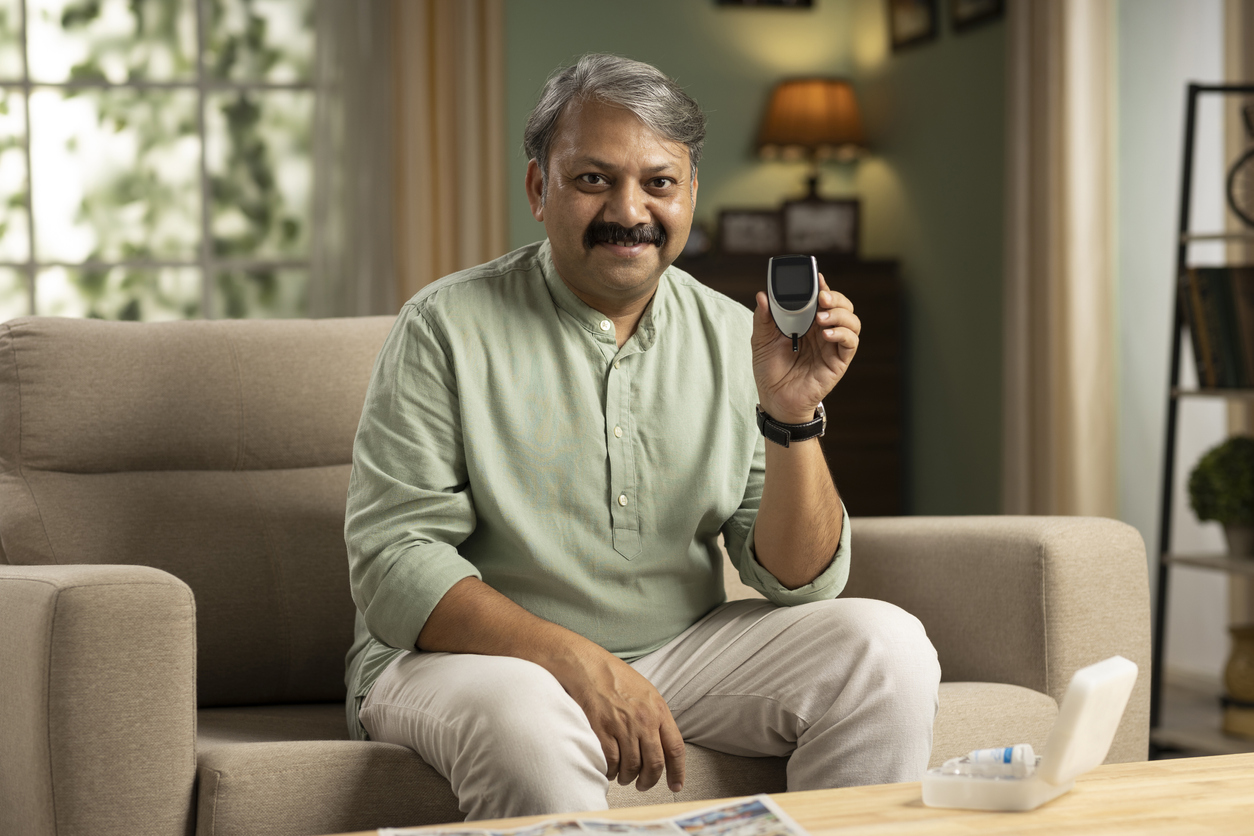Diabetes Innovation Is Thriving in India
By Arvind Sommi
 Diabetes is a growing health challenge in India, and with limited resources, innovative solutions are needed to improve management and outcomes.
Diabetes is a growing health challenge in India, and with limited resources, innovative solutions are needed to improve management and outcomes.
India’s top endocrinologists spoke about how they are tackling diabetes in an under-resourced country during a session at ATTD 2023 in Berlin, Germany. Dr. Banshi Saboo, an endocrinologist at Dia-Care in India, prefaced the talk by saying, “India has 17% of the global burden of diabetes, and 57% of those adults with diabetes are undiagnosed.”
He noted that despite advances in diabetes medications, the percentage of people with an A1C above 9% has increased from 12.6% in 1999 to 15.5% in 2014.
Dr. Rakesh Parikh, a chief endocrinologist in Jaipur, India, added that people of Indian origin develop type 2 diabetes at a younger age and at a lower BMI. He explained this was because Indians have a high amount of fat in their bodies and are naturally more resistant to insulin.
Precision medicine
Continuous glucose monitors (CGMs) are widely used in western countries to provide individualized and actionable insights. However, as a developing country, India does not have the resources to provide people with diabetes with consistent access to CGMs.
Dr. Amit Gupta, director of the Center for Diabetes Care in India, discussed the importance of precision medicine when looking at diabetes management. He shared how one of his patients had an increasing A1C but did not realize what was causing the change. After this patient tried a CGM for two weeks, Gupta noticed that there was an increase in time above range at night.
Gupta explained that “the only intervention this patient needed was counseling to not eat carbs after midnight. He had regularly been eating a snack at 2 AM.”
Lack of resources
Parikh highlighted that certain parts of India face a dire shortage of doctors and that on average, India only has 1 doctor for every 11,082 people, which is less than 1/10th of what the World Health Organization recommends. Additionally, India only spends 3% of its GDP on healthcare, among the lowest in the world. Compounded with the lack of consistent insurance coverage, most Indians are forced to pay out of pocket for medical care.
“Despite these limitations, we use innovation to overcome the challenges,” said Parikh.
Parikh highlighted how Indians develop makeshift solutions that “come from the necessity of having to do with scarce resources, both money and material.”
From heating tea to driving a family on a motorcycle, Indians practice resourcefulness in a variety of everyday situations. He showed how India has been investing more resources into promising health startups, such as those addressing telemedicine, neuropathy screening, and personalized diabetes care products.
Discussing wearable devices with preventative care programs, Parikh said, “You can spend just 5% of the amount you spend on an Apple watch and it will guide patients on the exercise they need to do.”
Dr. Jothydev Kesavadev, the chairman of the Diabetes Research Center in Kerala, India, ended the session by discussing how Indians are most frequently creating DIY hybrid closed-loop systems using older generations of pumps and transmitters. He emphasized that Indian physicians should be familiar with this process so that they can make sure their patients are safe.








